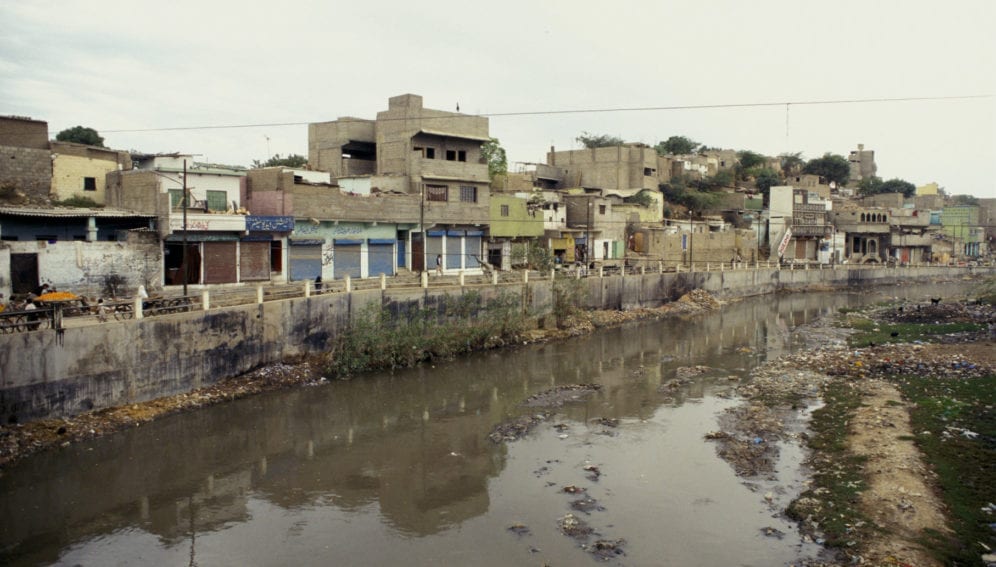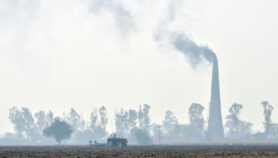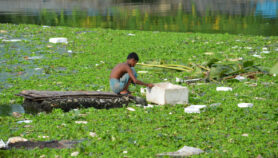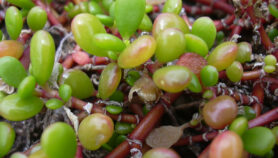By: Rizwan Ali Khan
Send to a friend
The details you provide on this page will not be used to send unsolicited email, and will not be sold to a 3rd party. See privacy policy.
[ISLAMABAD] Industrial waste dumped into Pakistan’s Chenab river is threatening aquatic plant life, says a new study conducted by researchers at the department of biotechnology, Quaid-i-Azam University, Islamabad.
The study on the Chenab, a major source of water for irrigation in the Punjab region, investigates the impact of polluted sediment on the morphological and biochemical prospects of Brassica napus seedlings, grown in vitro. “Pollutants dragged into the river are posing more danger to plant life, as compared to that of pollutants on dry land,” Gulistan Wali, expert at the environmental science department of Fatima Jinnah Women’s University, tells SciDev.Net.
Pesticides, chemical fertilisers and industrial waste from surrounding areas are degrading the water quality of the Chenab. “Empirical evidence shows that organo-chlorine pesticides, organic pollutants and some hydrocarbons also persist in the river, thus making it contaminated and unfavourable for seedlings,” Attarad Ali, researcher at Quaid-i-Azam University, says.
Sediments in the river adsorb pollutants and detoxify the flowing water. “These contaminated sediments not only affect aquatic life but also alter the physiology and morphology of plants both at cellular and organ levels,” says Ali.
B. napus L. seed germination potential, seedling length and weight loss and biochemical prospects, including molecular and enzymatic anti-oxidative agents, were used as bio-indicators for examining and evaluating sediment toxicity of the Chenab.
Ali argues that plants possess various adaptive mechanisms to cope with different kinds of stress, but they are yet to be understood completely. The research findings revealed variations in the rate of germination, indicating different levels of contamination. Biotechnological tests on the target plant suggested that huge amounts of pesticides and chemicals are running off from the surrounding fields into the Chenab.
The study also showed that chlorophyll content in plants was lower in the industrial areas, possibly due to the presence of highly toxic chemicals. On the other hand, chlorophyll synthesis appeared to be stimulated at agricultural sites by nitrogen compounds.
This piece was produced by SciDev.Net’s South Asia desk.














